Are you looking to craft the perfect letter for evaluating a research project? Writing an evaluation letter can be a daunting task, but with the right structure and tone, it's easier than you think! This guide will provide you with helpful templates and tips to ensure your feedback is clear and constructive. Ready to dive in? Let's explore the key elements of a strong research project evaluation letter!

Clarity and coherence of objectives
The clarity and coherence of research project objectives are critical in guiding the overall direction and focus of the study. Clearly defined objectives should articulate the main goals of the research, such as identifying specific variables (e.g., the impact of social media on mental health) and establishing measurable outcomes (e.g., assessing anxiety levels among participants) within a defined population or demographic (e.g., college students aged 18-24). Objectives must be coherent, logically connected to the research question, and reflect a sequential progression that allows for systematic investigation. For instance, exploring the relationship between social media usage patterns and psychological well-being can lead to targeted inquiries about which specific platforms may influence mental health outcomes the most. This structured approach ensures that each objective contributes meaningfully to the overarching aims of the research, fostering a comprehensive understanding of the subject matter. Effective communication of these objectives is essential for engaging stakeholders and securing support for the research endeavor.
Methodological rigor and design
Methodological rigor is critical in evaluating research project design, emphasizing clarity, reliability, and validity in the research process. A well-structured methodology should include a robust sampling strategy, such as random sampling, ensuring that participants represent the broader population effectively. Detailed descriptions of data collection methods, like surveys or experiments, enhance the credibility of the findings. Furthermore, employing established statistical analysis techniques, such as regression analysis or ANOVA, supports the integrity of conclusions drawn from the data. Consistent application of ethical considerations, such as informed consent and participant confidentiality, further solidifies the project's credibility. The research design, whether qualitative, quantitative, or mixed methods, should align purposefully with research questions to produce meaningful insights that contribute to the field of study.
Contribution to field or discipline
The research project focuses on the impact of urban green spaces on mental health, making a significant contribution to the fields of environmental psychology and public health. Urban areas, comprising over 55% of the global population as of 2021, often lack sufficient green spaces, leading to various mental health issues. The study highlights how access to parks and gardens, especially in cities like New York and London, correlates with reduced anxiety and depression levels among residents. Specific metrics such as the interaction frequency with nature and the duration of exposure to green spaces are analyzed, providing quantifiable data that supports the hypothesis. Furthermore, the project suggests practical applications for urban planning, advocating for the integration of greenery in city designs to enhance overall well-being. By bridging the gap between environmental sciences and mental health, this research paves the way for future interdisciplinary studies and policies aimed at improving urban living conditions.
Adequacy of resources and timeline
The adequacy of resources for a research project, such as funding amount allocated for materials and personnel, significantly impacts its overall success, especially in complex fields like biotechnology or climate science. Timeline considerations, often delineated in Gantt charts, help ensure that each phase of the project, including data collection and analysis, adheres to set deadlines--typically ranging from six months to two years for comprehensive studies. Resource availability, including access to laboratory facilities (for instance, gene sequencing labs) or specialized software (like statistical analysis tools), plays a crucial role in meeting these established timelines. Continuous assessments, often at quarterly intervals, allow for necessary adjustments to both resources and timelines, ensuring the project remains on track to meet its objectives.
Engagement with existing literature
A comprehensive evaluation of a research project requires thorough engagement with existing literature, particularly relevant studies, articles, and theoretical frameworks within the specific field. Notable works, such as "The Structure of Scientific Revolutions" by Thomas S. Kuhn, highlight paradigm shifts that influence contemporary research approaches. Additionally, systematic reviews, like those published in the Journal of the American Medical Association, provide valuable insights into evidence-based practices and gaps within the research domain. Engaging with databases such as PubMed or JSTOR can unveil critical findings and methodologies employed by other scholars. Citation tracking through tools like Google Scholar can facilitate an understanding of influential papers and their impact on current research trends. Furthermore, reviewing government reports, such as those from the National Institutes of Health (NIH), enriches the contextual backdrop for assessing the significance of the proposed project in light of existing literature.

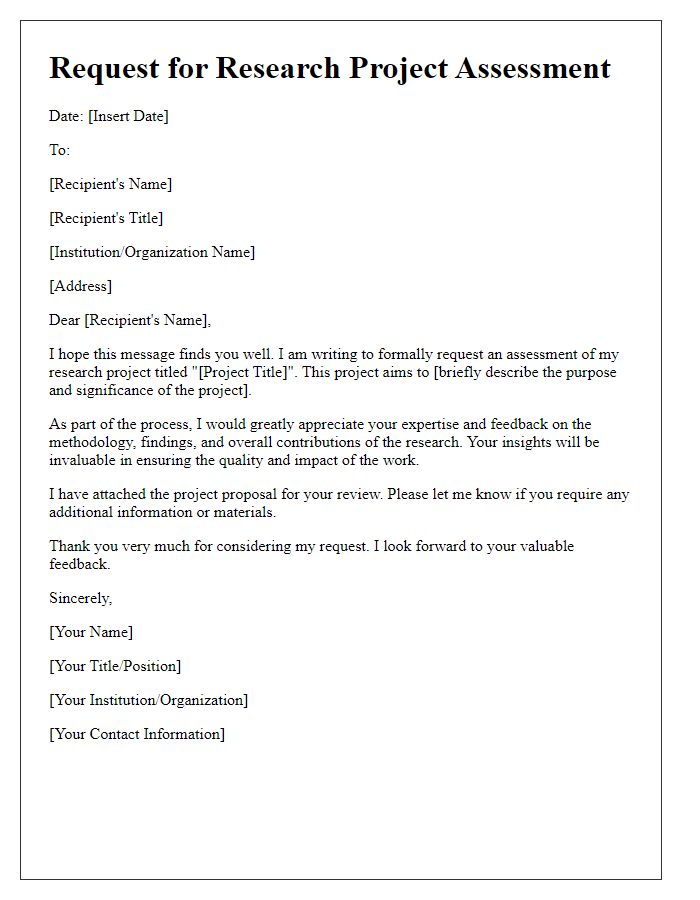
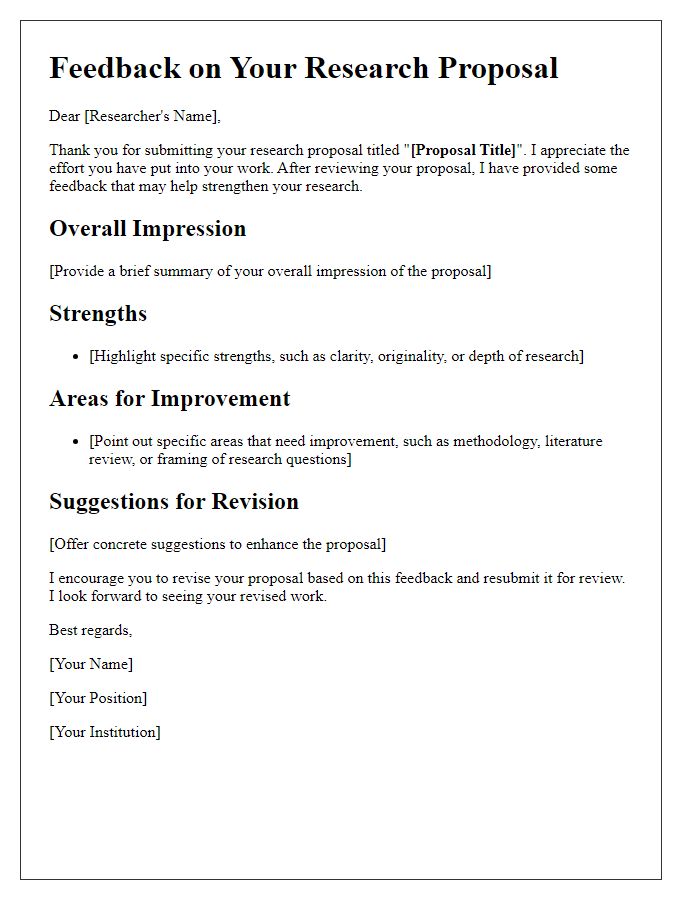
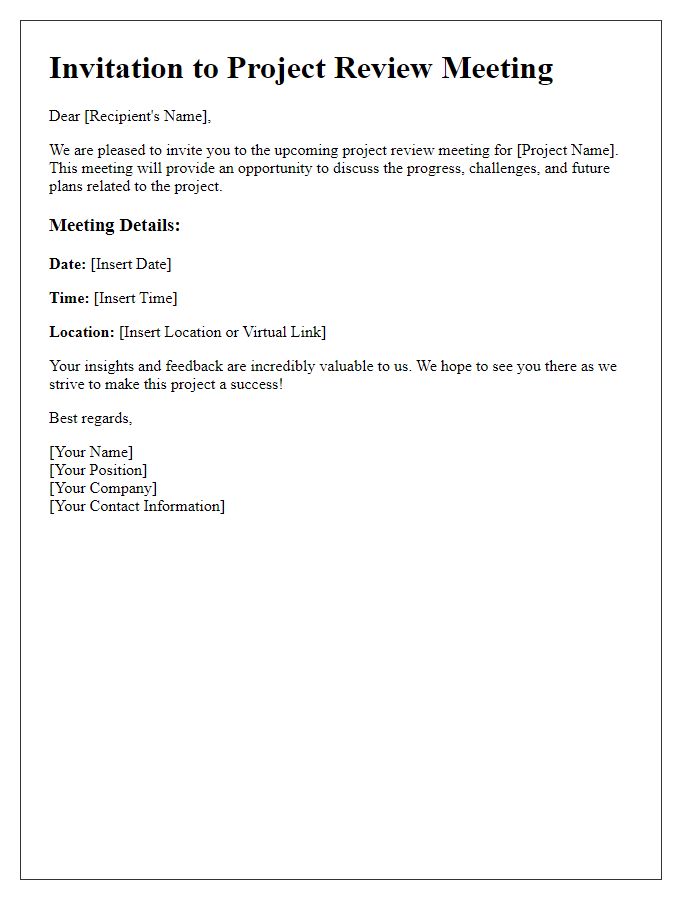
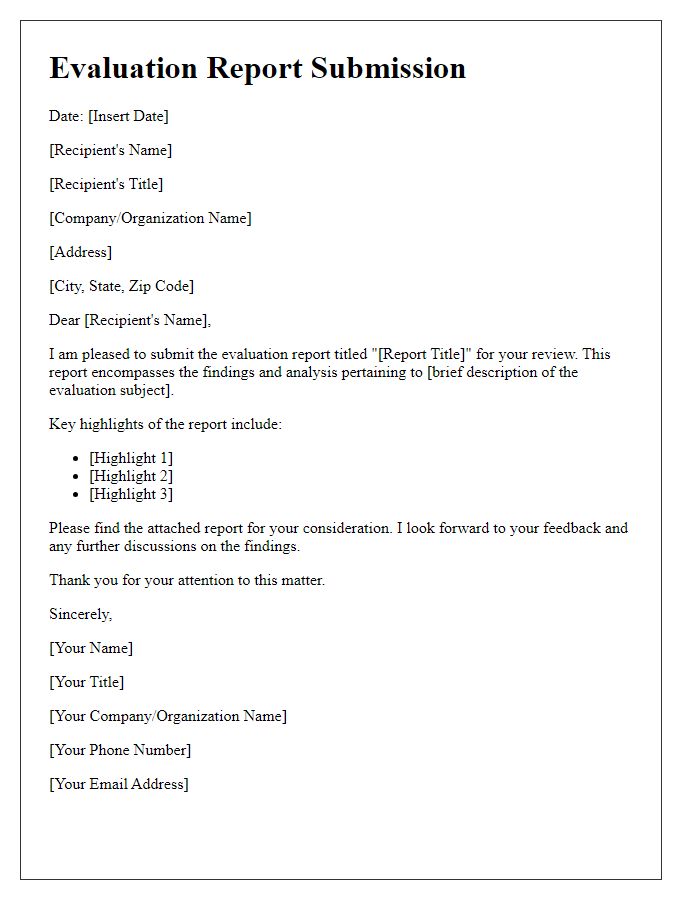
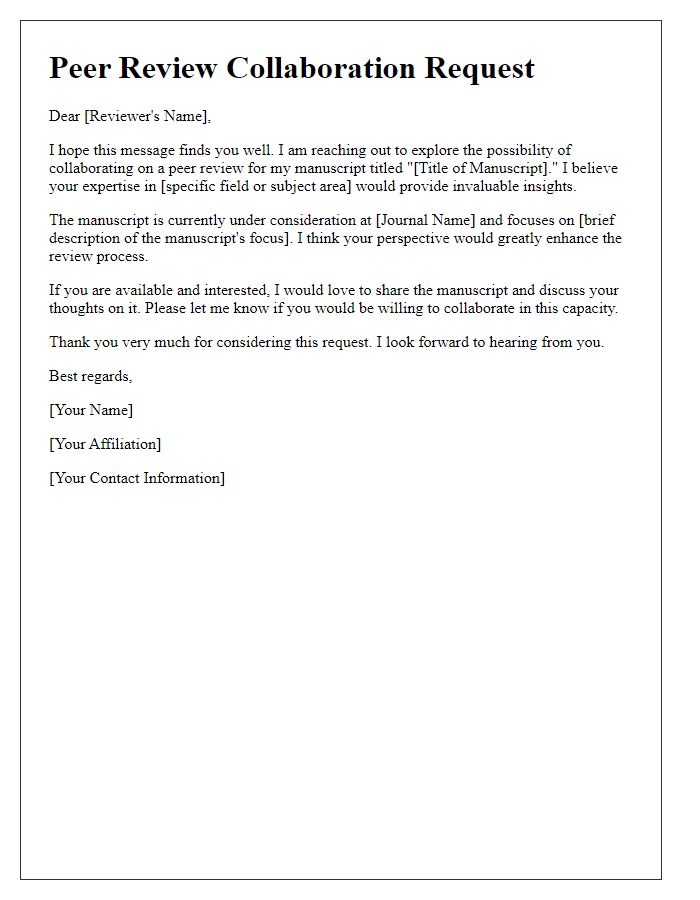
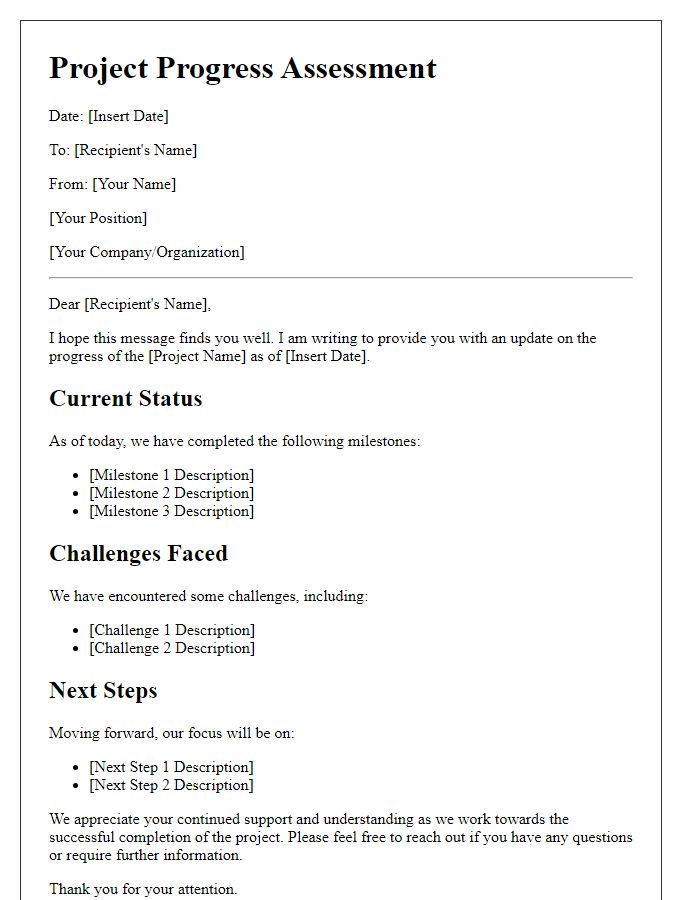
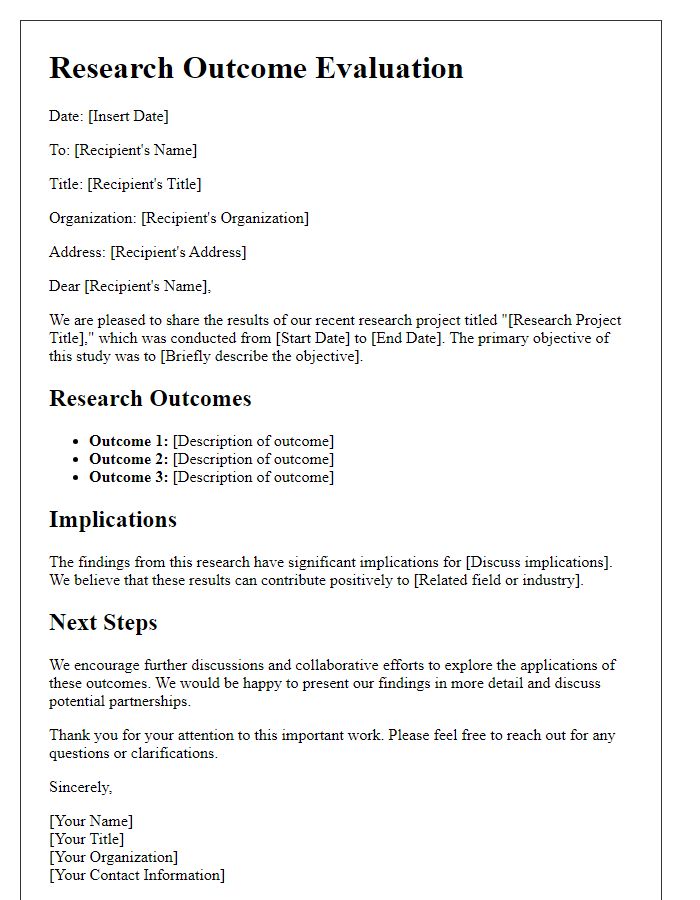
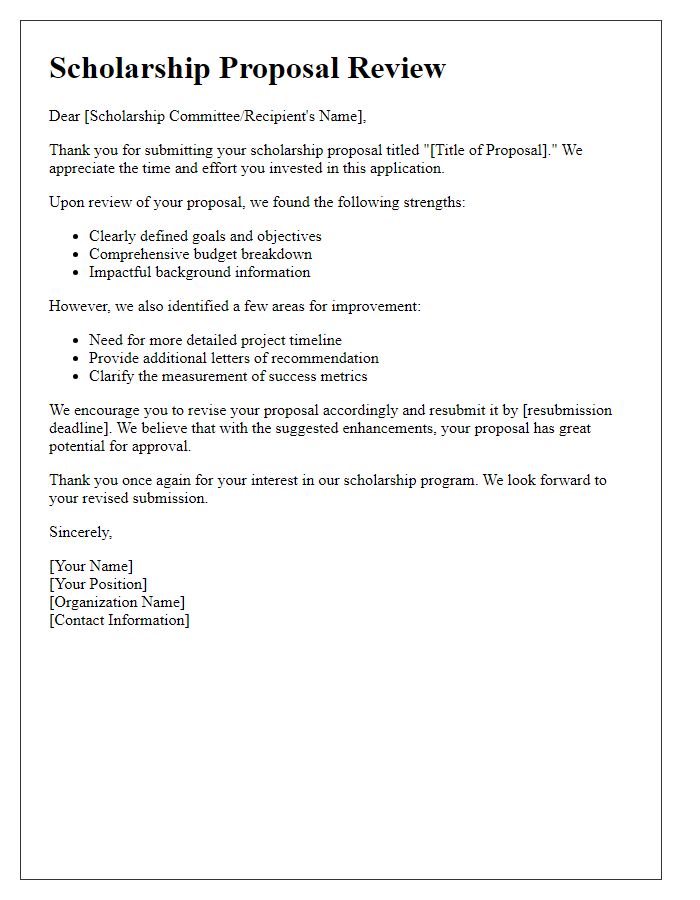
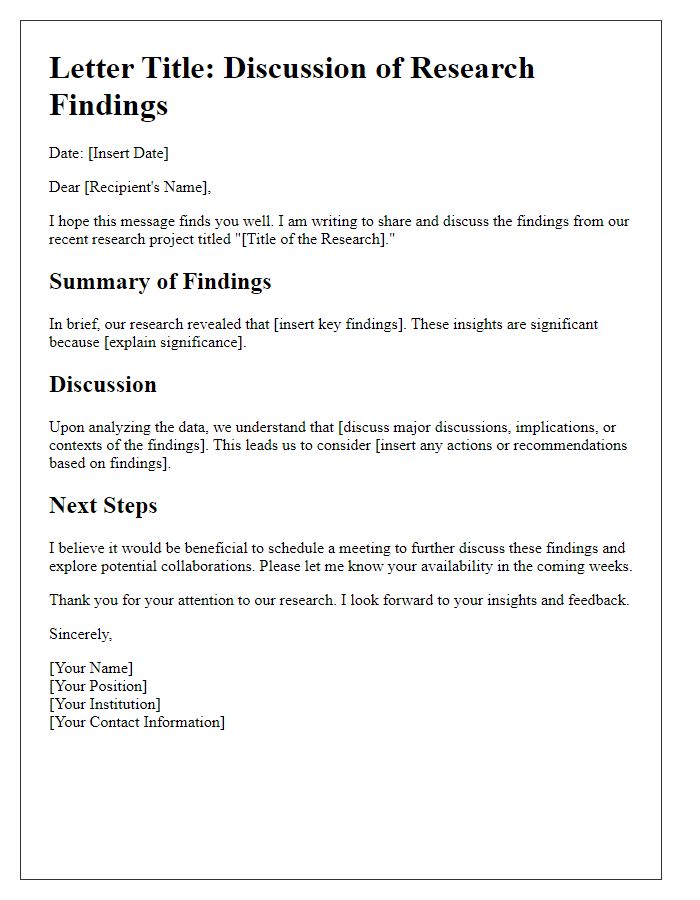
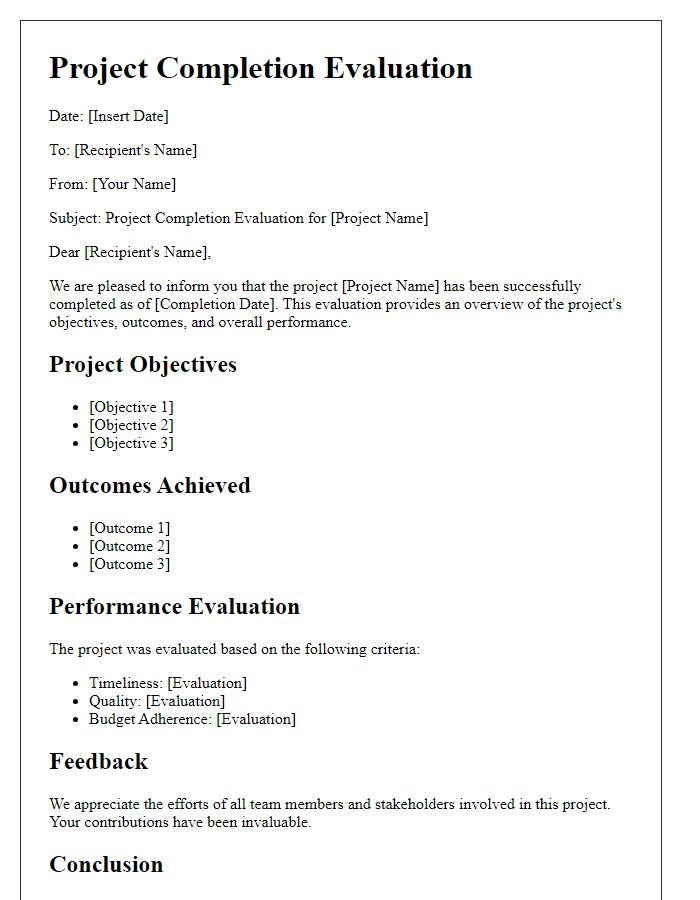


Comments